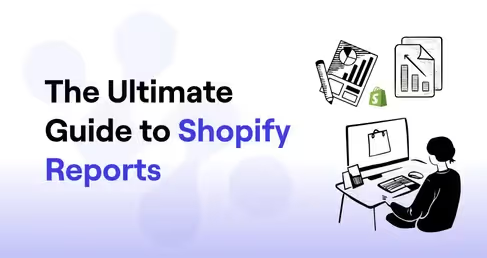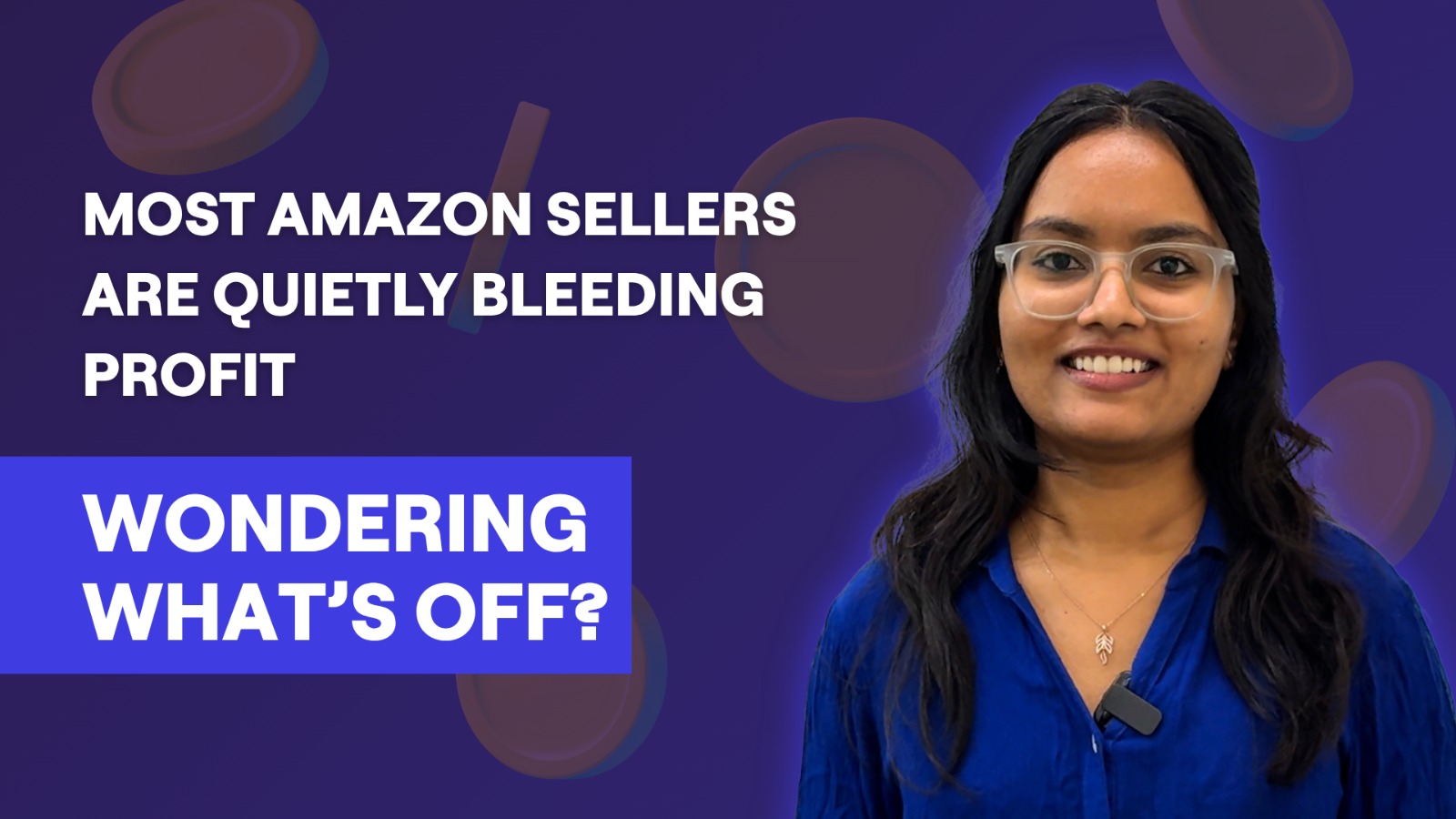The rise of online shopping has renewed the focus on eCommerce as a channel for business growth. To compete with brick-and-mortar stores, many brands have implemented omnichannel strategies to attract the attention of shoppers and drive sales from any device at any time. But which eCommerce channels are worth investing in? Which will drive the most traffic to your site and increase sales? And, most importantly, which is right for you?
When a business has a firm grasp on a few key criteria, it has a much simpler time navigating the challenging seas of product-market fit in their early stages. The three most important eCommerce metrics for businesses are CAC, RoAS, and LTV. Continue reading to find out what each metric is and how are they important.
What is RoAS
Return on Ad Spend (RoAS) is the gold standard for eCommerce metrics. If you invest $1 and receive $3 in return, your RoAS is $3. There is some truth that concentrating on RoAS helps boost profitable sales, but it is far from being the perfect statistic.
It is crucial because if you cap your spending to hit a certain RoAS goal, you are probably leaving money on the table by not acquiring more customers. In this article, we will discuss why it is preferable to evaluate success based on how much it costs to acquire new customers. If loyal clients are the fuel that keeps a business running, then new ones are the oil.
Related Read: Amazon ROAS: How to Calculate and Maximise It
Calculating Return on Ad Spend
Calculating Return on ad spend How successful a campaign or channel has been in a relatively short time frame may be determined with this statistic.
The formula for determining RoAS is straightforward:
Return on Ad Spending (RoAS) = Revenue / Ad Spending (PS)
What you are looking for is the return on investment (ROI) from your marketing efforts over a given time period, expressed as a percentage. This technique is helpful for reporting and analysis in the near term, but it provides little insight into the long-term success of your marketing initiatives. And when you only consider short-term RoAS while formulating your marketing plan, you are missing the big picture. Here is when LTV-based RoAS comes into play.
How to calculate RoAS? Return on ad spend is determined by subtracting total income from advertising expenditures.
RoAS = Revenue Attributed to Ads / Total Advertising Costs
So, why is RoAS not the most important metric? As you know, RoAS is useful since it reveals how well your advertising spend is converting into actual sales. However, RoAS doesn't account for the cost of bringing in new customers.

What is Customer Acquisition Cost (CAC)
Customer Acquisition Cost (CAC) is the cost incurred in bringing new customers. Marketers use CAC to calculate the ROI of the company's advertising efforts (RoAS). CAC gives investors a quick snapshot of a company's profitability. Whether you are running a business out of your garage or getting ready to go public, understanding CAC and finding ways to minimize it is essential.
CAC and RoAS are two crucial eCommerce metrics used to evaluate the success of customer acquisition efforts. However, CAC alone does not reveal average order and customer lifetime values. Meanwhile, RoAS estimates may also be different on different channels. Comparisons of RoAS between campaigns may not be useful unless the average RoAS values for the medium are first checked.
How to calculate your customer acquisition cost (CAC)
While there are several methods for determining CAC, the quickest and most straightforward is as follows:
To calculate your return on investment (ROI), divide your entire expenditures (such as advertising, overhead, salaries, etc.) by the number of clients you gained or the number of orders placed (such as those placed through an online store) in a certain time frame. You may choose any time frame between one week and a year.
CAC = Total Ad Spend / Unique New Customers (or orders)
For example, your firm invested $200,000 and attracted 2,000 new clients last month. So, CAC for last month would be $100.
What factors should be considered while deciding if your CAC is normal or more? The following variables will determine your CAC:
- What People do as Customers: When the lifetime value of your customers is high, a higher CAC is acceptable. There is a correlation between the frequency with which a consumer buys from you and their lifetime value. Build trust with your clientele if they can make repeat purchases.
- Means of Advertising: Some forms of advertising are more cost-effective and more fruitful than others. Writing blogs and sending out newsletters are some means of inbound marketing that may save you a lot of money compared to creating and sending out fliers every month. In order to decide where your marketing efforts should go, break them into distinct categories, such as pay-per-click, email marketing, etc
- Put Money on your Website: If you are running an online store, make sure your website is easy to navigate. It is also important for your site to provide a variety of information for your visitors. Blogging is an excellent strategy to increase the number of pages on your site that search engines can crawl and index. In other words, search engines will give more weight to your site if visitors spend more time reading your blog posts than clicking away. Did you know 57% of businesses who blog monthly report new clients directly from their content marketing efforts?
- Connecting with others helps Lower CAC: Word-of-mouth advertising from delighted customers can reduce CAC by a significant margin. Inspire a sense of importance in your clientele. Using an automated email process at work, you may create a loyalty program or offer consumers useful "inside" information.
- Using social media: Social media is a powerful (and free!) resource that is often overlooked. The conversion rate from leads to customers on social media is 100% greater than on outbound marketing, according to HubSpot.
What is Customer Lifetime Value (LTV, CLTV, CLV)
If you do not know how much money a customer is worth to your firm, it does not matter if it costs $5 or $5,000 to get them.
The lifetime value of a client is the average amount of money they will bring in over the course of their usage. This may be determined for anything from a subscription service (by tracking the average user's time spent on the service until the day they cancel) to an online retailer (total value of products purchased over a meaningful customer lifetime). In the case of online retailers, calculating eCommerce customer lifetime value becomes a critical metric for assessing long-term profitability and shaping marketing strategies.
The easiest method for determining LTV is to collect and average together historical data on the total dollars generated from each client. Since different channels bring in consumers of varying quality and LTV, it is crucial to dissect this data by channel to determine which channels are lucrative.
How to Determine a Lifetime Value
Calculating CAC without taking LTV into account is like trying to lose weight without keeping track of your food intake. Eating better is undoubtedly beneficial, but without tracking caloric intake, results may be limited. What matters is the Lifetime Value, which is why we are here.
Can you explain what it means when someone says their time is worth anything to them over their lifetime? A customer's lifetime value is the average amount they spend with your company over a certain time frame. To know if your client acquisition cost is worthwhile, you need to calculate the LTV of each customer.
The next inquiry is, "How can I calculate the lifetime value of a customer?" We are going to keep this exercise as straightforward as possible.
Customer Lifetime Value = Customer Value x Average Customer Lifespan
Where,
- Average Order Value = Total Sales / Order Count
- Purchase Frequency = Total Orders / Total Customers
- Customer Value = Average Order Value x Purchase Frequency
- Average Customer Lifespan = Average Number of Days between the first and the last order of a customer.
Read more on calculating LTV in this simple guide to customer lifetime value.
Related Read: Guide to Measuring the Lifetime value of Amazon Customers
What is Recurring LTV
When it comes to subscription brand, LTV is a crucial metric to track. As the profit and turnover are highly dependent on the customer and their wish to continue engaging with your brand. Recurring LTV is the best indicator of how your subscription brand is doing. It helps you understand your profit, projections and helps you devise a better strategy for marketing and sales campaigns.
How to Calculate Recurring LTV
Recurring LTV= Average recurring revenue per user account * length of the partnership (lifetime)
For example, a customer makes a recurring payment of $10 a month for your product/service. This customer is also an active subscriber for 36 months. The recurring LTV for this customer comes up to be $360.
What is the difference between RoAS and LTV-based RoAS
Despite their similarities, RoAS and LTV-based RoAS (return on ad spend divided by customer lifetime value) are distinct metrics. The Return on Ad Spend (RoAS) metric evaluates the effectiveness of your advertising over the course of a very brief time frame—typically one to three months. It provides information on the short-term financial benefits of a marketing initiative, such as a campaign or project, a marketing channel for a limited time, or the holiday shopping season.
On the other hand, LTV-based RoAS is beneficial overall since it considers the worth of your marketing over time. It may be used to assess the efficacy of an entire marketing channel or even an entire team's efforts. Although data may be more challenging to get, LTV-based RoAS is quite useful for eCommerce shops in terms of optimizing their advertising budgets.
LTV to CAC Ratio for eCommerce Brands
The LTV to CAC ratio is a key metric for gauging the success of your organization and its brands.
This means that the LTV: CAC ratio is an essential indicator for every online store.
Here you will find a comprehensive introduction to LTV: CAC, covering everything from its definition and calculation to optimization, tracking, and avoiding the pitfalls that firms like Casper and Blue Apron encountered during their rapid expansion.
What is LTV:CAC ratio
Your brand's Customer Lifetime Value i.e., average gross margin per customer during the lifetime with the brand) as a ratio to your Customer Acquisition Cost (LTV: CAC, sometimes written as CLV: CAC) i.e., how much your business spends, on average, to acquire a new customer.
The success of your brand may be gauged in part by how well you estimate the lifetime value of your customers in relation to the cost of customer acquisition (LTV: CAC) and in part by how well you manage that projection over time.
What does it signify for a brand when the LTV:CAC ratio is low, high, or somewhere in between?
What is a good LTV to CAC ratio
The ideal Lifetime Value (LTV) to Customer Acquisition Cost (CAC) ratio is arbitrary. It all relies on your specific field, company, and stage of development. You want the ratio to be more than one at a minimum. If this is the case, then the benefit of keeping that client outweighs the expense of doing so.
A ratio of 3 to 1 is recommended by most financial experts and economists. Three times the value of each client acquisition is now being provided by that customer. Even if there is considerable wiggle room in the ratio, extremes of extreme might indicate a problem.
For instance, if your LTV/CAC is higher than 5.0, you may not be investing enough in bringing in new customers. To add, for start-ups, expanding their customer base and income is more crucial than cutting costs. Therefore, if your ratio is excessively high, you may be passing on substantial development prospects.
This indicator is used by investors to evaluate the state of your business. How quickly and by how much the business is expected to expand is revealed. In addition, it shows them how stable your growth revenues are. You may use this information to better your company model strategically and to show potential investors if you are a safe bet.
If you want to get the most out of the statistic, monitoring it over time is essential. You can see whether changes are helping or harming thanks to trends. If you want to make a modification, just keep in mind that the ratio will not immediately reflect it.
LTV and CAC are even (1:1)
The customer acquisition cost for a brand is equal to the lifetime value of that customer if the ratio is 1:1.
While this may suggest that the company is making money on each new customer, it is losing money. A 1:1 LTV:CAC ratio indicates that the brand is losing money after factoring in the cost of goods sold and taxes and delivery.
LTV is less than the CAC (e.g., 1:1.25)
A brand that spends more on marketing per consumer than it will ever make from that client has an acquisition cost-to-profit ratio of 1:1.25. When additional expenses are included in, it is losing a lot of money on each purchase.
LTV is higher than CAC (e.g., 2:1 - 4:1)
A brand with a 2:1 or 3:1 ratio may anticipate making two to three times as much profit from each consumer as it did from the first investment in bringing them on board.
Many people consider a 3:1 ratio to be "excellent." Additionally, this is a typical target for VCs and other types of investors. However, a higher ratio, like 4:1, may imply greater growth possibilities, suggesting that you increase your marketing budget accordingly.
LTV is much higher than CAC (e.g., 5:1+)
A company may be leaving a lot of growth on the table if the LTV:CAC ratio favors LTV. Now is the time to increase spending on marketing and advertising.
3 Primary Reasons for a Low LTV: CAC Ratio
Your firm is nearing the break-even threshold if the ratio is 1.0 or below. You may need to make certain modifications before attempting to scale or gain external financing if you want to expand. These are some of the most common causes of a low ratio:
Overly generalized planning
Ineffectively reaching out to folks who are not your ideal customer might be the result of a sales and marketing plan that is too broad. Therefore, it is essential to carry out comprehensive market analysis, create consumer personas, and develop an approach to advertising that is tailored to the specific needs of the intended demographic.
A poorly defined audience
In a similar vein, if you try to expand into a market where there is not enough of an interest, you will struggle mightily.
Budgeting Error
You may be missing lucrative possibilities to acquire new clients if your sales and marketing money is allocated to inefficient methods while more productive channels are neglected.
If you have already dealt with these difficulties and your LTV/CAC ratio is still poor, it may be a sign that there are deeper structural problems with monetization or product market fit.
Techniques for Increasing LTV/CAC Ratio
LTV: CAC is one of the most trustworthy KPIs for long-term performance, hence investors are interested in it. Even if you do not have any investors, it is still important to keep an eye on this metric and tweak your strategy as needed to maximize it. How? Read on!
Cut down on your CAC by Spending Less on Advertisements
Pay-per-click advertising are great for getting an immediate return and building brand recognition in the first phases of a company's existence. However, your acquisition expenses will rise with the increase in ad prices, and this is unsustainable eventually.
Thus, after utilizing paid advertisements to promote your company initially, think about investing in additional long-term strategies. Some enduring strategies for reducing CAC and ad dependence vary from business model to business model.
Establishing a Partner Program
For good reason, affiliate programs have exploded in popularity among online retailers. With more direct control over CAC, your acquisition expenses for consumers gained through affiliates are just the affiliate commissions.
Programs for Referring New Customers
In the same way as affiliate programs reduce marketing expenditures, referral programs lessen CAC. According to research conducted by Wharton Business School, recommended clients had a lower cost of acquisition of $23.12. The lifetime value of recommended consumers is higher since they are more loyal and more likely to make additional purchases.
Implementing SEO Strategies (Search Engine Optimization)
When compared to sponsored advertisements, SEO is a marathon, not a sprint. Getting to the top page of Google, which is prioritized based on traffic, user engagement and authority, might take a long time. While search engine optimization (SEO) does demand a considerable time and money commitment up front, the long-term payoff is well worth it.
Brands benefit from free search engine traffic when SEO kicks in, and conversion rates go up thanks to the use of keywords in targeting customers.
Emphasis on Remembering
Even if your brand's presence on social media might do wonders for your exposure and new client acquisition, keep in mind that you are trespassing on someone else's property. Owned channels like email and text message marketing are why it is crucial to grow your subscriber base. Focusing on retention is a great way to lower CAC and boost LTV, and you can turbocharge your retention program by feeding customer data into paid channels like SMS and email.
Unlike Facebook's feeble organic reach, sending an SMS or email to your consumer base will cost you next to nothing. In addition to pre- and post-sale marketing efforts, upselling may significantly boost LTV.
Find your most Lucrative and Expensive Customers
Despite your knowledge of the "rule of 7," you may find that some clients still do not buy after seeing your creatives for the fifteenth time. It is possible that the sixteenth or seventeenth presentation may finally convince them. But are they valuable enough to warrant the expense of retargeting?
The solution to that query is LTV: CAC. Even if it costs more to recruit a customer, if they have a high lifetime value it may be quite beneficial to do so. Similarly, certain leads may be easier to convert than others, yet their LTV may be lower. Imagine the shoppers who pick up all your greatest offers during Cyber Monday and then vanish.
You can precisely evaluate which audiences are worth putting your marketing budget on by segmenting your consumers and measuring the LTV:CAC ratio for each cohort.
Make customer lifetime value a metric owned by all teams
LTV is a crucial metric for your eCommerce business since it influences so many metrics. Each group must pay attention to this measure and collaborate to raise it. Multiple strategies exist for accomplishing this:
Boosting Revenue by Increasing Sales: Increasing things like average order value, subscription signups, and repeat business are primarily within the purview of the marketing department.
Making the most of your profit margin: With the help of your operations team, you may lower your cost of goods sold by improving negotiations with fulfillment partners, optimizing internal processes, and boosting productivity (COGS). To retain consumers, customer service departments should put effort into providing a positive experience and offering convenient return procedures.
Increase Customer Lifetime Value by taking Decisions Driven by Data
Brands can better pinpoint issues and evaluate their progress with the use of data and analytics linked to the aspects that directly affect LTV. Consider increasing your spending on marketing and promotion if you find that clients who were recommended to you are more loyal and spend more money.
On the other hand, if your brand has poor repeat purchase rates, you may want to think about things like:
- After-sale advertising campaigns. Should they be increased in size?
- Providing a satisfying experience for the customer. Have first-time buyers been satisfied with their purchases?
- Detailed listing of available items. What are some follow-up purchases someone is likely to make after making their first purchase?
- Transmit and receive channels in one audio signal. Which outlets are bringing in the most profitable customers?
- A brand-new buy. If you could choose one product in your catalog that leads to the most lifetime value for your customers, what would it be?
What is CPA vs CAC
Let us take a moment to differentiate between CAC and CPA before diving into the tactics you may use to increase it. There is a correlation between these KPIs and user acquisition, although they reveal different expenses at various points in the marketing process. The difference between CPA and CAC may be summarized as follows: (CAC).
CPA is about a single Campaign Spend
The cost per acquisition reflects the expense of generating a lead rather than a paying client and is reported at the campaign level. Any action that involves the input of one's contact details is included here, including but not limited to content downloads, demo requests, free trials, registrations, and the like.
Consider Netflix as an illustration. CPA is used to evaluate the success of the 30-day free trial offered to new users. Once a customer has paid the initial monthly fee, the corporation may utilize CAC to determine how much it cost to acquire that customer. While cost per acquisition (CPA) is useful, more attention should be paid to the conversion rate in the later phases of the sales funnel. Depending on the nature of your business, a higher CPA may be worthwhile if the rate of return on ad spends (RoAS), and the number of consumers acquired (conversion) are both high.
CAC is all about total Marketing Spend
By dividing total advertising expenditure by the number of new customers gained, we can calculate the customer acquisition cost. Besides being an essential KPI for each direct-response marketing effort, CAC may also be used as a company-wide indicator of marketing efficacy.
Find out the fate of your company from the CAC. Growth is impossible if the customer acquisition cost (CAC) exceeds the lifetime value (LTV) of the company's current clientele. With a CAC of $40 and an LTV of $35, Company A is bound to fail until it can improve these figures.
Related Read:
When Do you Need CAC
CAC (and LTV) is primarily used for two purposes: assessing the success of promotional campaigns and guiding economic choices. Knowing the actual sales and marketing channels that contribute to each sale type allows you to allocate more resources where they will have the most significant impact.
To emphasize, CAC is useful for estimating the amount of new revenue that must be generated to meet expansion goals. To increase your company's size by a predetermined percentage, you must ensure that you have adequate funds available. It is imperative to know how much money you will need if you are going to make a significant initial investment and it will take some time to earn that money back via sales.
Before giving you money, lenders and investors want to know that you have considered CAC and LTV. A well-thought-out plan and realistic financial predictions centered on CAC and LTV will increase the likelihood that you will be able to secure the funding you require. A long CAC payback period (the time it takes for the CAC to be returned by sales) means lesser cash flow in the interim, making this a crucial statistic for cash flow forecasting. You should be prepared for this and not be caught off guard by the scarcity.
Ways to fix and reduce your CAC
To help you get your CAC back down to an acceptable level, we have compiled some ways on reducing your CAC.
Give importance to the right people
Marketing to the proper people can help you save money on new client acquisition. Most businesses make the error of starting marketing initiatives before they have even determined who they want to reach with their efforts. Marketing efforts that lack a specific audience will be wasted. If they succeed in acquiring a client, it is at considerable expense.
This may be avoided by putting the right people at the center of your marketing efforts. Segment your users according to their demands and where they are in the sales funnel. To increase the likelihood of a transaction being made, you should give them material that is tailored specifically to their interests and requirements.
Fix Leaks in the Funnel
In the brand marketing process, customers are lost at every level of the funnel if they do not convert. If you are a marketer, you know that the best way to make sure your efforts are not wasted is to plug any holes in your sales funnel. For example, if your CAC is $200 per client and you spend $1,000 to acquire just five consumers, resolving funnel problems may increase conversions and lower the CAC.
Sign-up rates, for instance, will be affected by the quality of the first onboarding process in any social media campaign aimed at acquiring clients for your app. Increasing your client acquisition at a lower cost may be accomplished by simplifying your app's onboarding process for new users.
Conduct A/B testing on Advertisements and Website Homepages
You may find out which variations of your ad copy and landing pages perform best with your intended audience by doing split tests. Check the CTRs of the different ad formats you are using to see which ones are most effective.
Conversion rates on landing pages should also be evaluated. See how varying aspects of the landing page, such as button color or the presence of a call to action, affects conversion rates. The A/B test must run for around two weeks to collect enough data to make informed optimization decisions.
Specifically Exclude What is not Working
If you find out midway through a campaign that any of your techniques are not working, cut them out immediately. Investing extra time and resources into a client acquisition plan that is not producing results is a waste of marketing resources that will have no noticeable impact on your bottom line. Google Analytics is helpful for determining which tactics are not working. See how each advertising medium performs by looking at conversion data. If a channel is consistently underperforming, you need to cut ties with it before the losses add up.
Focus on the most Important Channels for Business
Data analysis may also be used to identify productive avenues. The percentage of leads converted into paying clients is high using these mediums. For the near future, your efforts should be directed at optimizing these channels. These are the channels where you will always have a low CAC since they are already well-liked by your intended audience.
Experiment with Affiliate Programs
Finally, think about affiliate partner programs to cut down on client acquisition expenditures. Affiliates have established relationships with their fans and can persuade them to buy your wares. The benefit of such systems is that the partner only receives a commission when a consumer makes a purchase after being referred by them. Since you only must fork over money on completed transactions, your CAC will drop dramatically.
Bonus: Long-term asset turnover to capital expenditures (LTV/CAC) is the most essential and valuable indicator of a company's viability.
The LTV/CAC ratio is the most critical indicator of a company's viability. The ratio LTV/CAC provides a comprehensive perspective of a company and allows marketers to gauge the efficacy of customer acquisition activities, since LTV describes how valuable a client is to a firm and CAC details the cost of gaining new consumers. You want this ratio to be high since it reflects how profitable your new clients are for your company. If a client generates at least three times as much revenue as it costs to acquire them, the organization can consider that customer acquisition successful.
So, Which Metric Should We Prefer
The answer, of course, is "it depends." However, if a large portion of your revenue comes from repeat customers, subscriptions, or other similar models, then CAC may be more important to your company's quick expansion than RoAS.
To put it simply, if your end goal is to generate ongoing money from each new customer, you are in it for the long haul. In this situation, the value you can expect to earn from a single client over the course of their lifetime is what matters to you. Here, CAC is a more fundamental metric that may help you evaluate your company's performance. However, if you are not relying on repeat business from your customers, then the immediate sales and return on advertising investment are what matter most. You should focus on Return on Ad Spending (RoAS).
Even if you are in it for the long haul, sometimes you need cash RIGHT NOW and cannot count on future earnings, which makes expanding quickly tricky. Therefore, while CAC may seem like the metric to track, Return on Ad Spending (RoAS) is your best bet.
In general, you can rely more on CAC than on RoAS and set a lower RoAS target if you can count on future income over direct immediate one, such as when you expect to generate more revenue from any new customer in the future through repeated sales or subscription extensions and you have the room to accommodate for it. The struggle between expanding business and maintaining current profits is unavoidable. Each participant in this "tug-of-war" is exerting force in the opposite direction of the others. The pivot point is wherever you decide to put the scale.
Related Read: Amazon Customer Lifetime Value
Conclusion
Including CAC in your evaluation is challenging because of how complex it is. Sometimes data might be inconsistent or even untrustworthy, making it difficult to draw conclusions. New firms and those just starting out simply do not have that much data to work with. The fact that it is challenging does not make it any less vital, though.
Ignoring the data, you already have, or the data generated by your manual methods systems is not simply a waste; it is a waste of a time and resources that your eCommerce brand cannot afford. You can expand your brand regularly, profitably, and sustainably by finding the perfect between CAC, LTV, and RoAS. It can be more flexible and accurate to segment by channel, category, or product, and it can boost revenue.
In the end, there is no right or wrong method to use these variables, but segmenting ought to produce the best outcomes. Given the circumstances, Saras Analytics can be helpful for figuring out how to calculate these metrics or if you are having trouble comparing RoAS against CAC, CLTV, or (and all the other eCommerce metrics).
.avif)
Using our eCommerce-focused data pipeline, and turnkey BI solutions for agencies & brands, automate generating crucial reports. In just minutes, you can seamlessly bring your data with Daton and focus on analysis rather than worrying about manual reporting processes. Are you brand looking for an eCommerce solution that-
- Is built on an enterprise-grade modern data stack
- Offers pre-built data and BI templates based on best
- practices in the industry
- Has Blended datasets between advertising, analytics,
- and sales channels…




.avif)





.png)
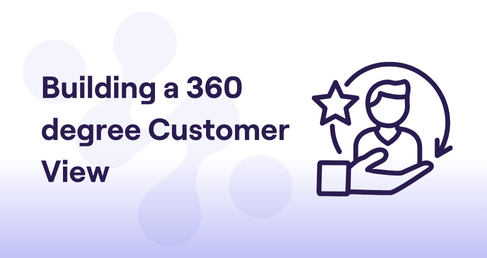
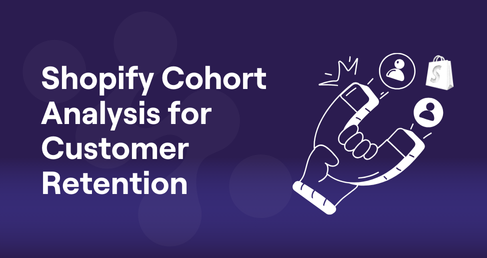
.png)

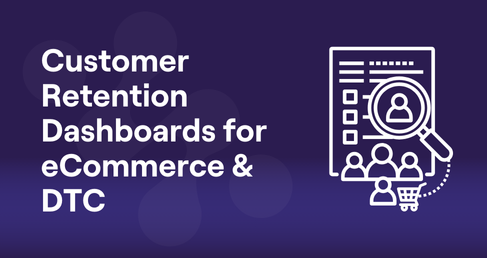
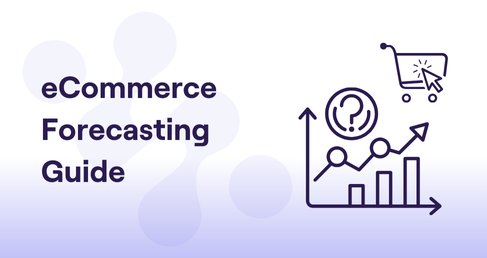
.png)


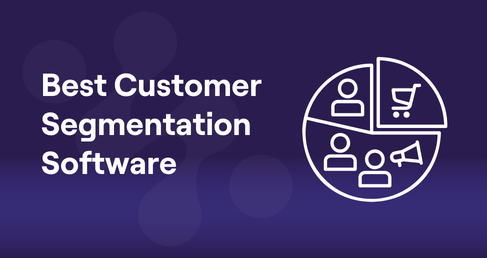
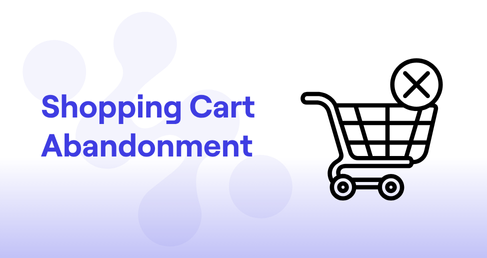
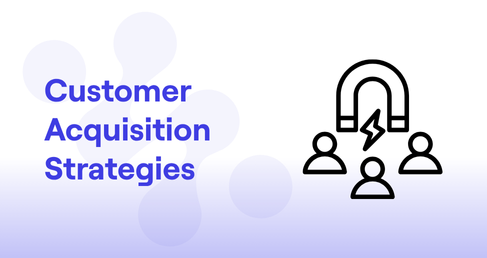
.png)
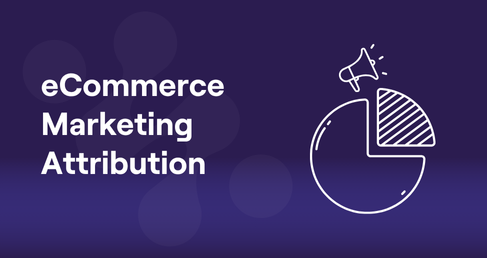
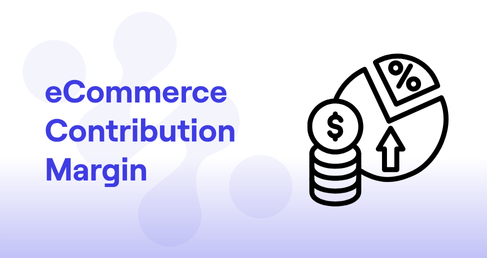



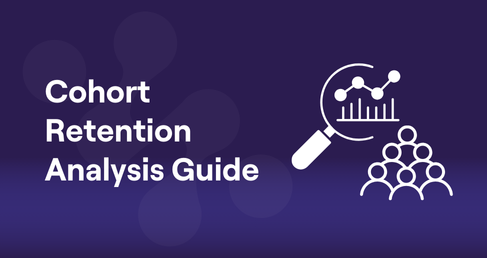
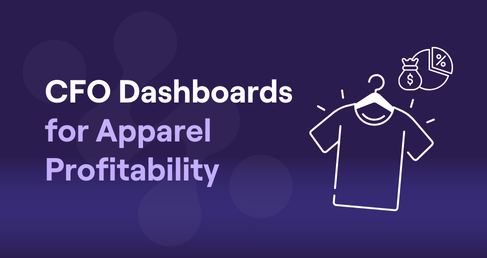

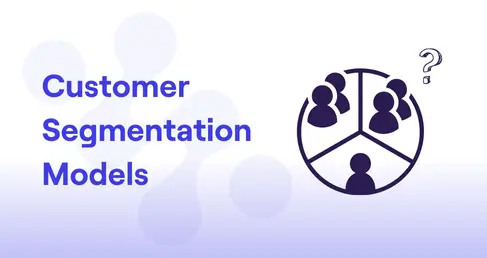
.webp)

.avif)
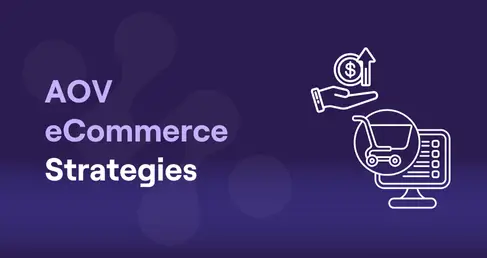
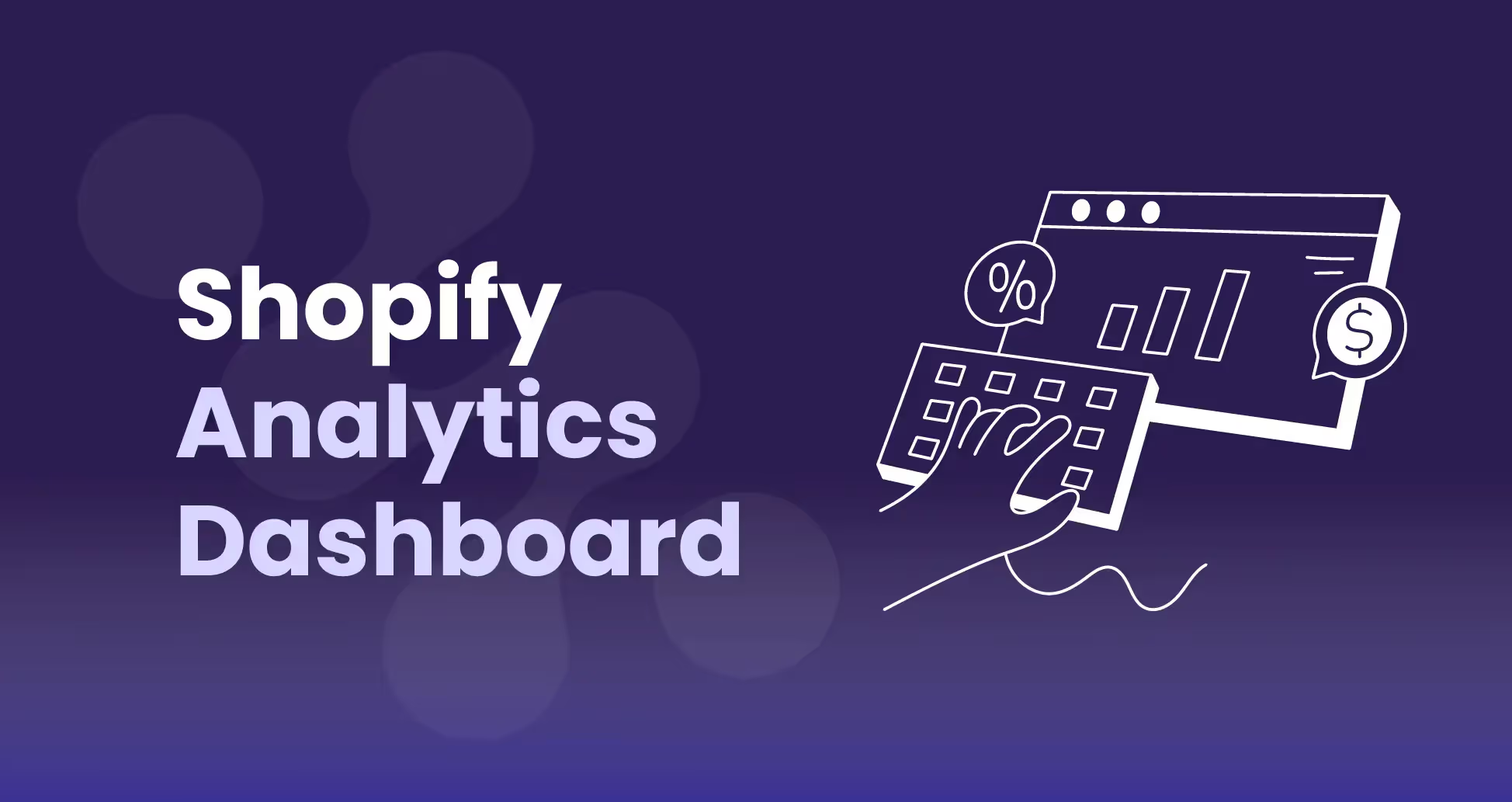
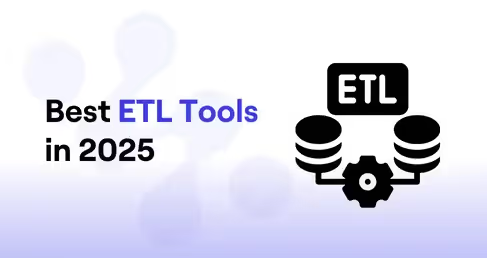
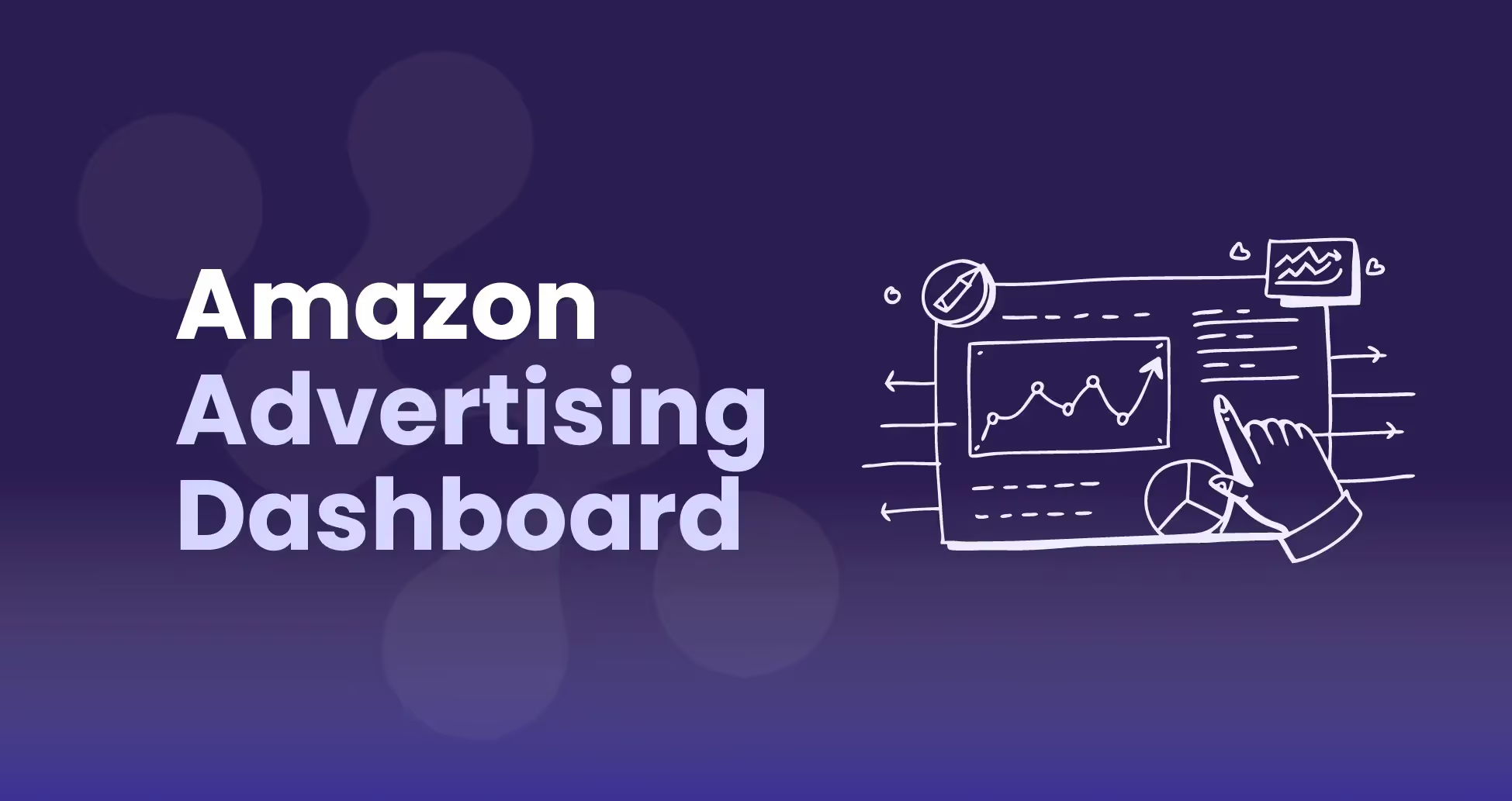

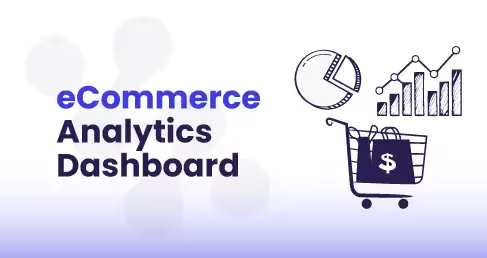
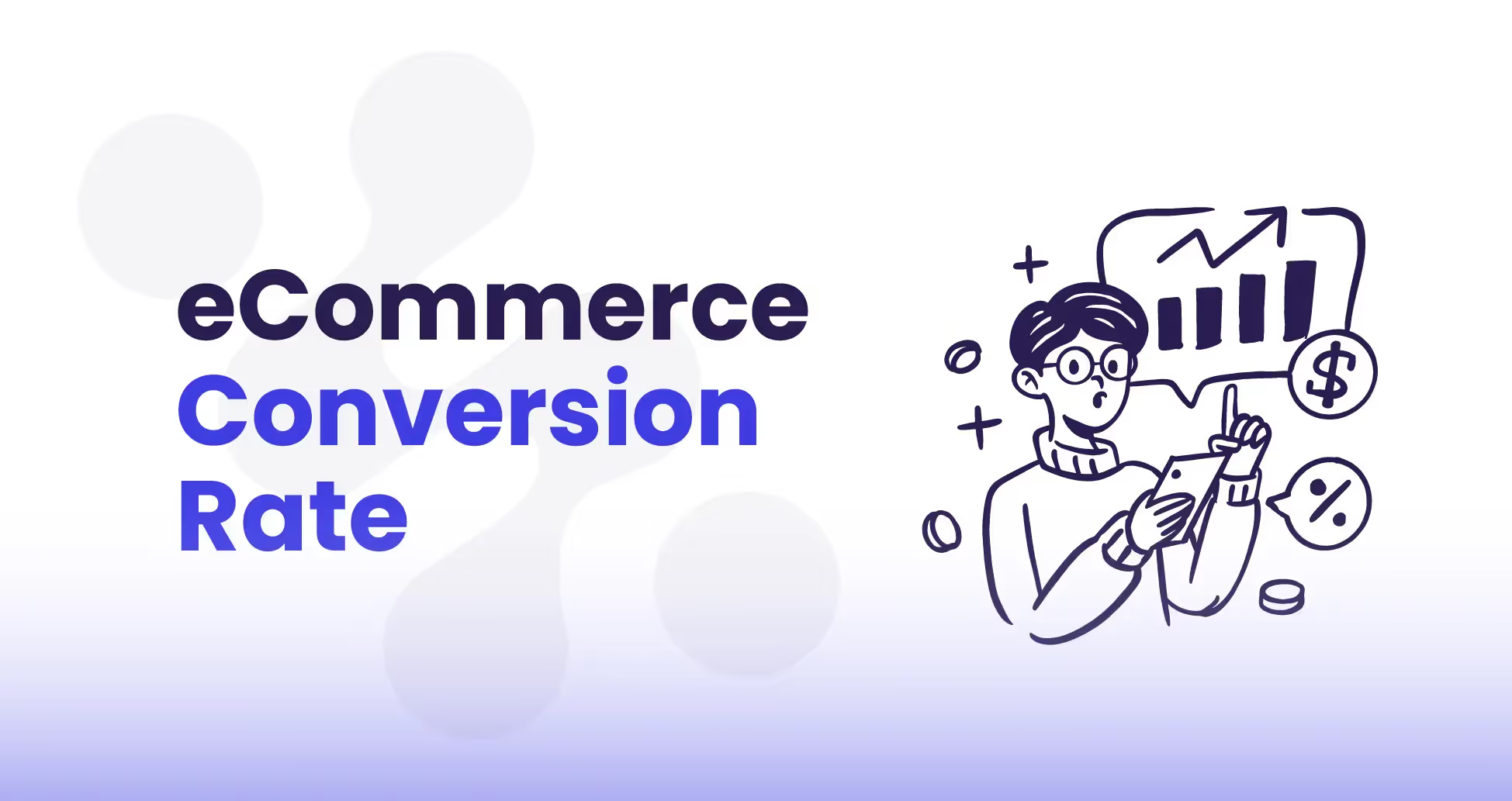
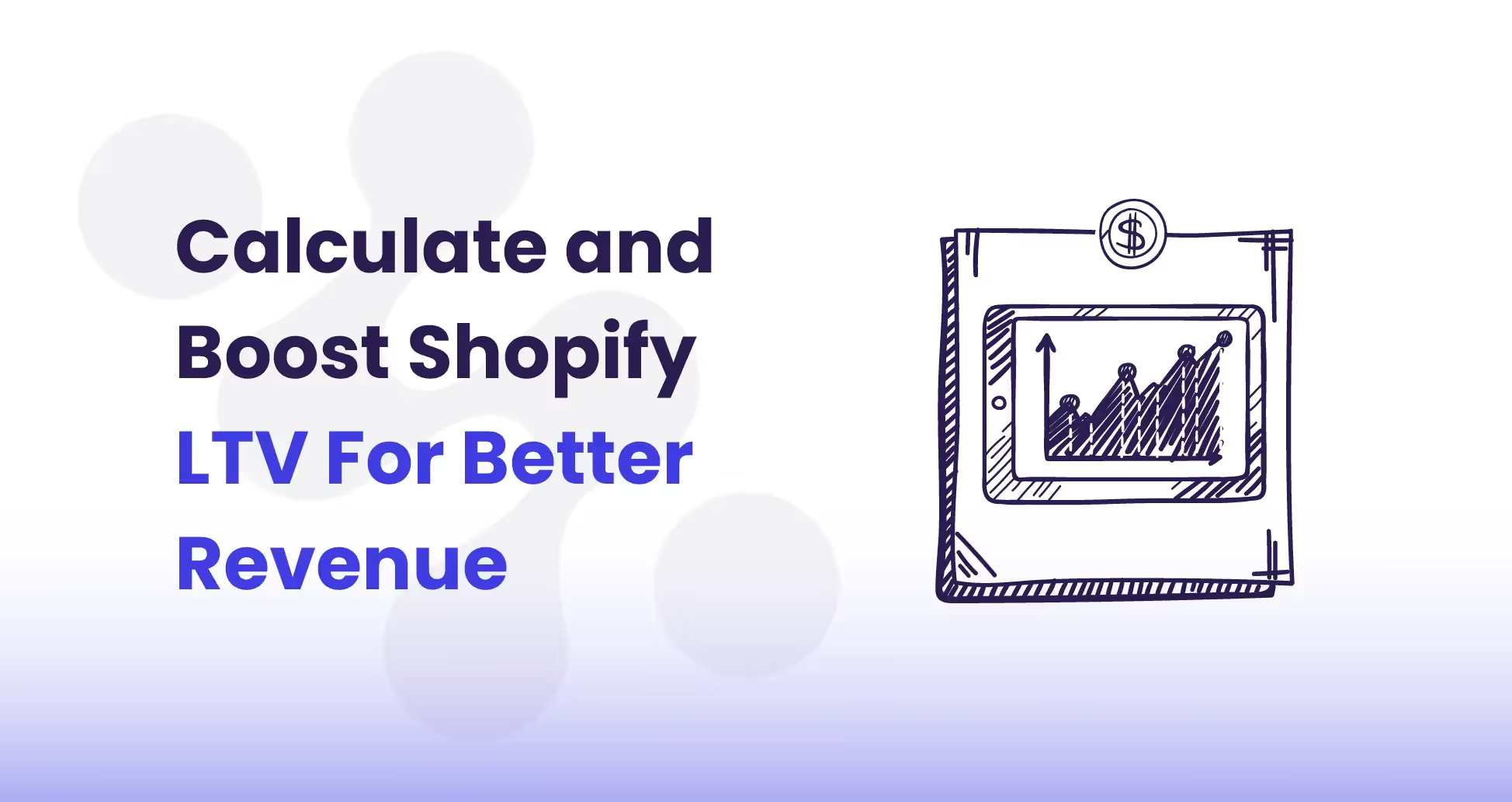
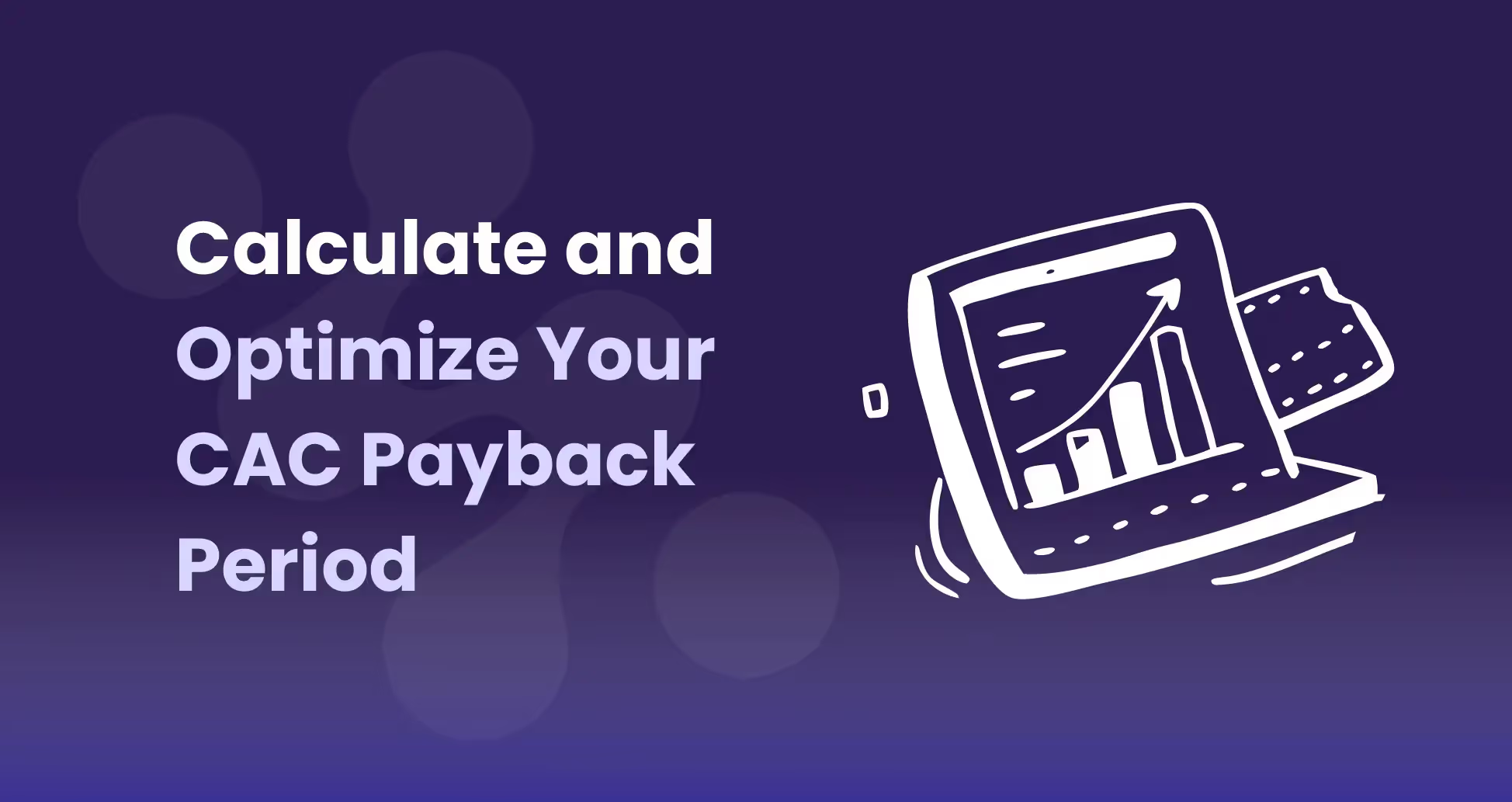
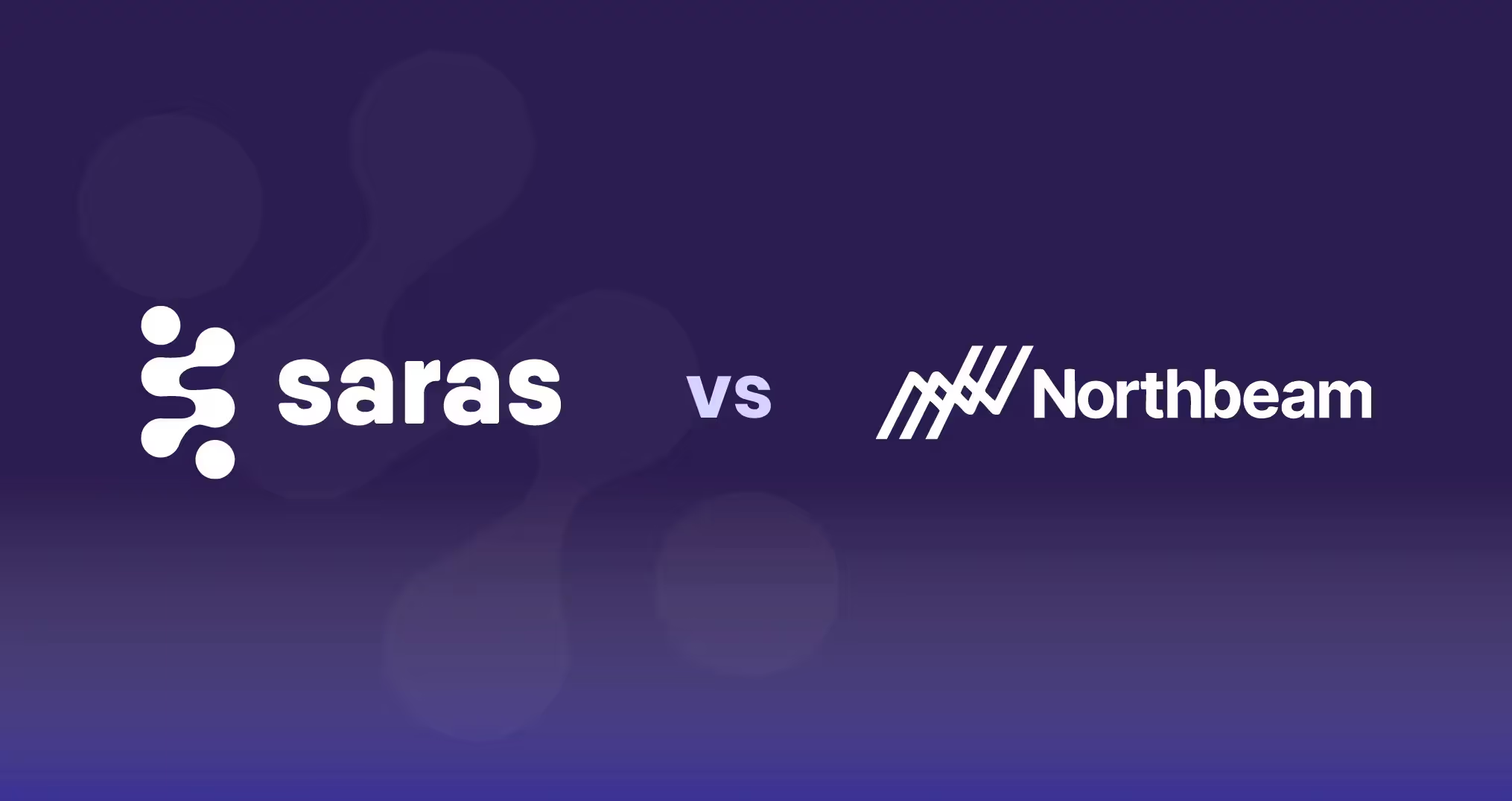
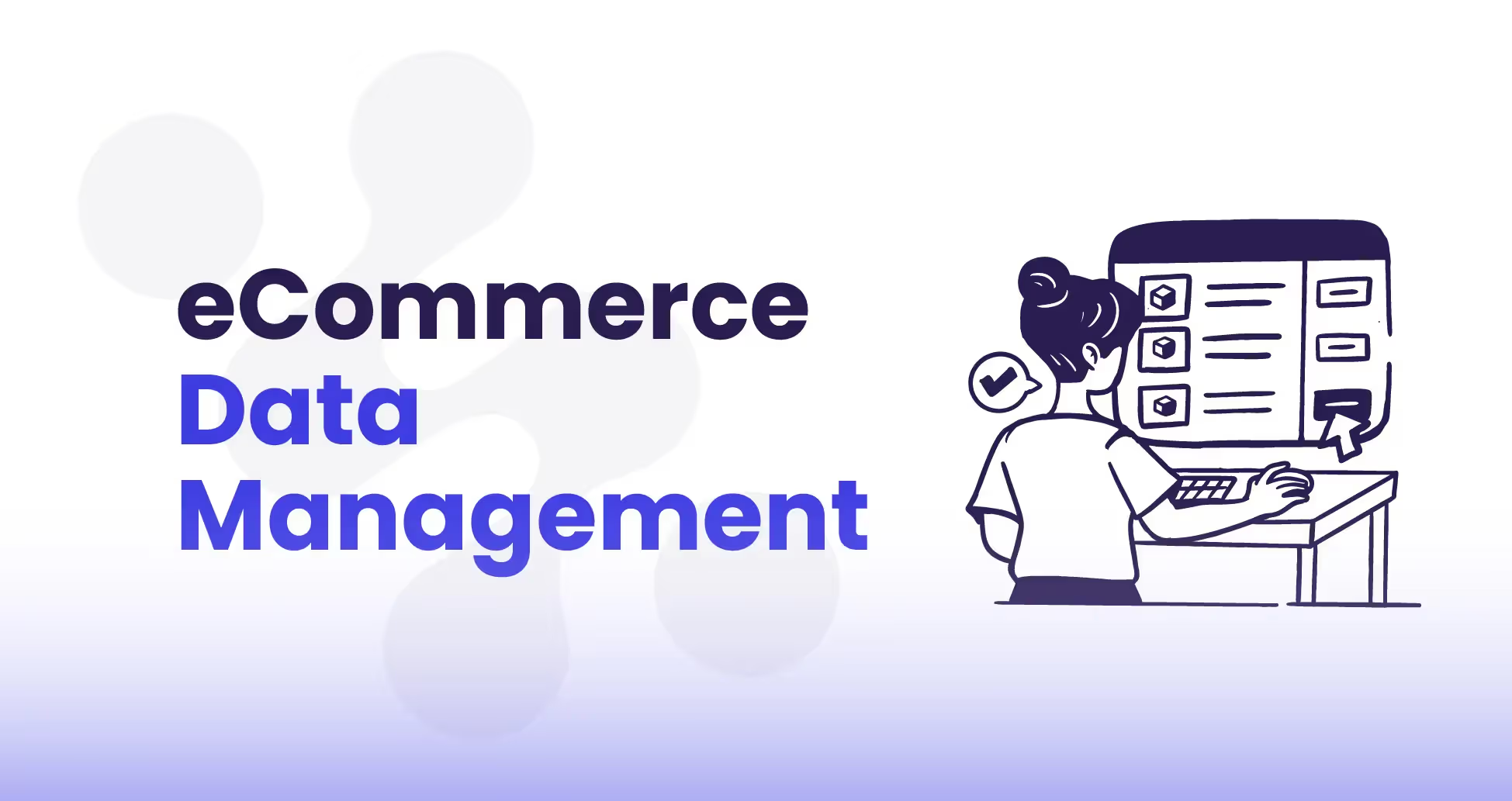
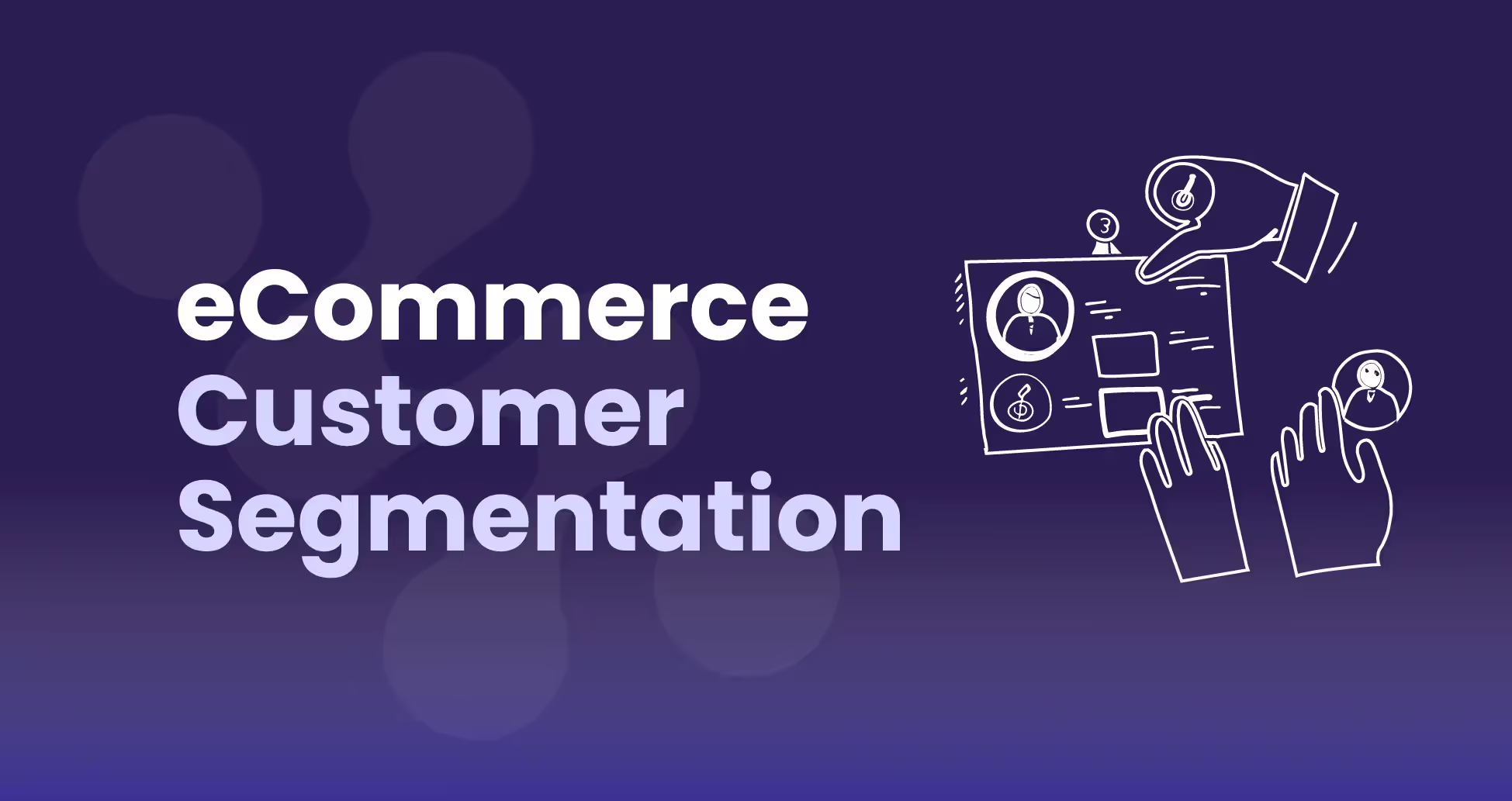

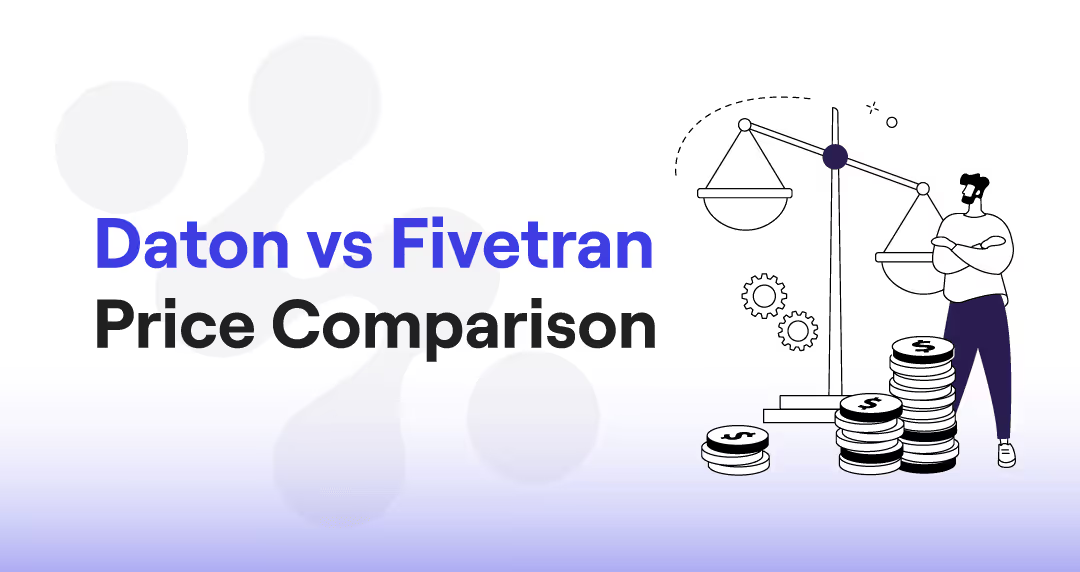
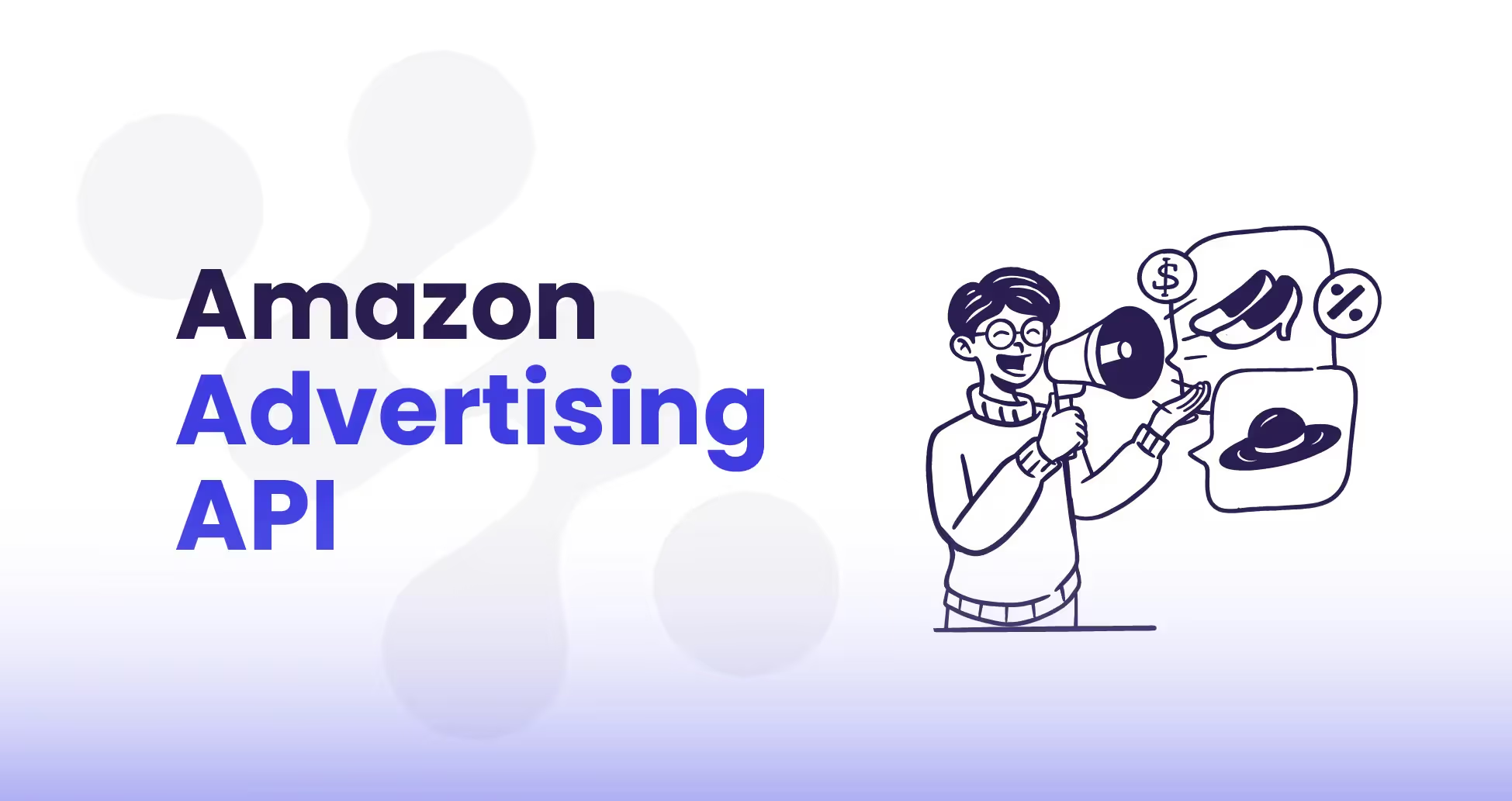
.avif)

.avif)
.avif)
.avif)
.avif)
%20(1).avif)
.avif)
%20(1).avif)
%20(1).avif)





.avif)






